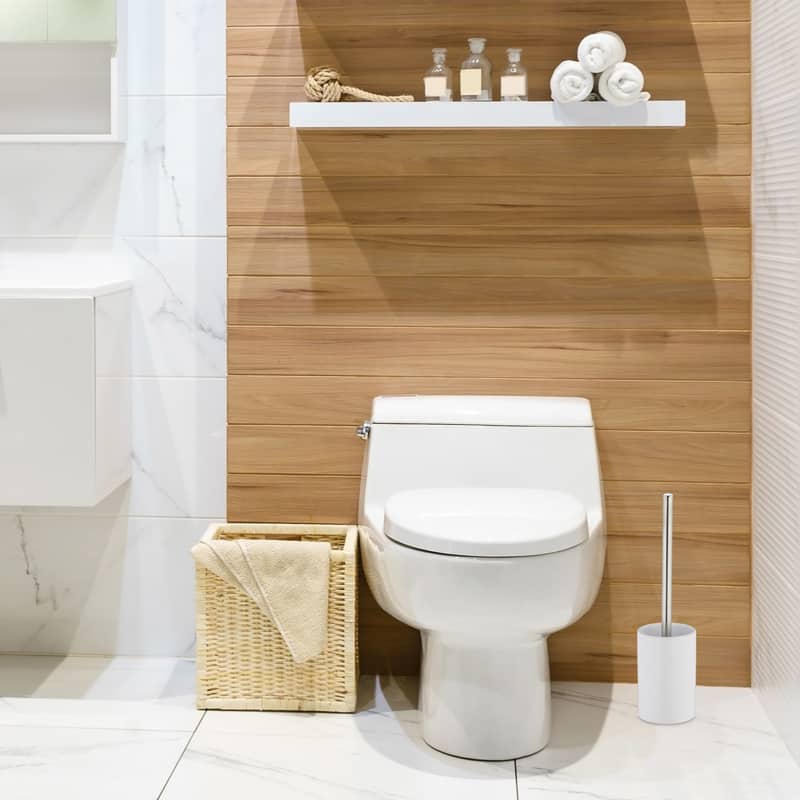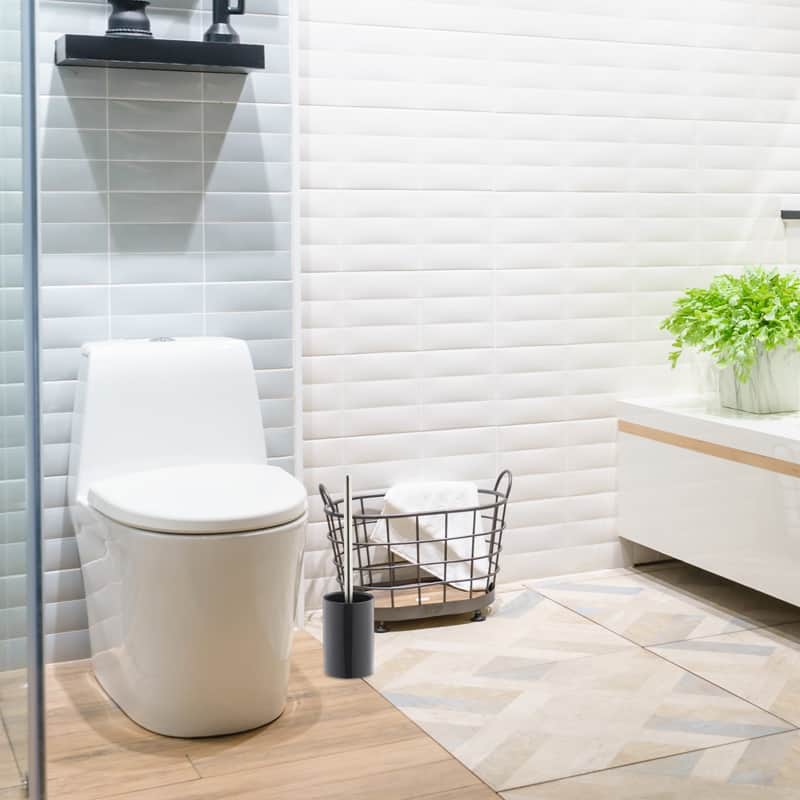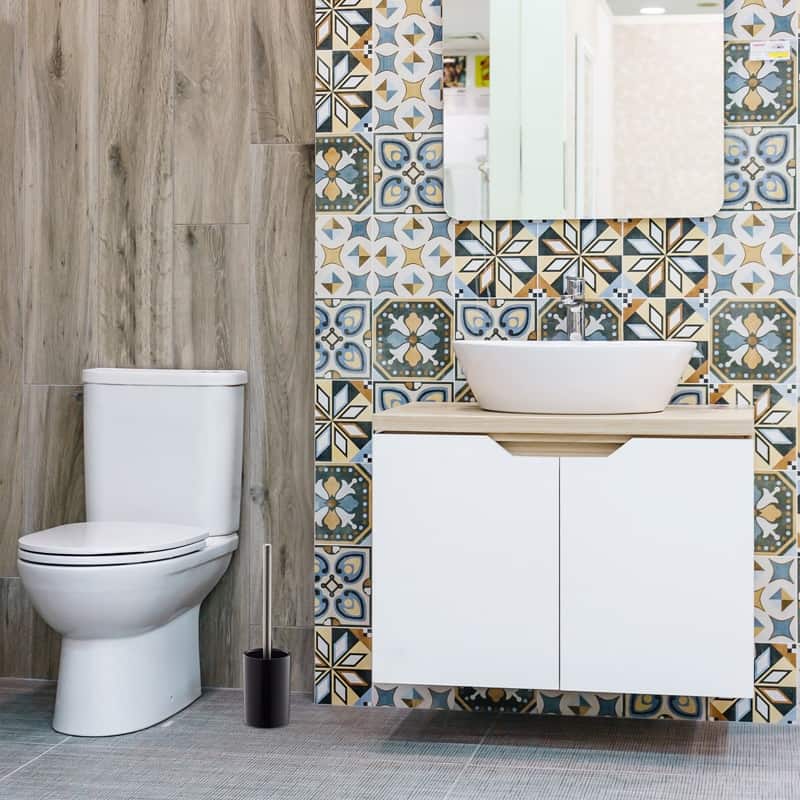When nature calls you truly want to feel comfortable. Your bathroom and toilet has to be a welcoming space. It also has to be practical. That’s why the toilet selection process always combines your direct needs.
You want to be prepared too, and know what pan type you need, or how big the rough-in is. This knowledge will help you pick out the right toilet for your bathroom so you can have the job completed professionally.

Understanding Toilet Pan Trap Types
For those unfamiliar, the pipe that expels waste in a toilet is referred to as a trap. The S-trap and P-trap are the two common trap types, with each name accurately referring to the shape of the pipe.
Each design helps to prevent sewer gases from rising into a home. Both trap types also have different design elements that will influence the toilet you purchase. For example, S-traps have a vertical outbound pipe while the P-trap is initially horizontal.
Although available to purchase, S-traps are prohibited for use by the Uniform Plumbing Code. This is due to the fact that sewer gases can actually rise up the pipe as water is siphoned out unknowingly.
Therefore, if your home currently has an S-trap toilet, it must be updated to a P-trap when renovating or replacing a toilet. The P-trap is far safer as the outbound pipe travels horizontally into an adjoining drain, efficiently preventing harmful gases from entering the home.

Measure the Rough-In
One of the most important aspects of your toilet will be the rough-in distance, also known as the set out. This is the distance between the centre of your waste outlet/trap and the wall
Standard rough-ins typically sit at 12 inches. There are various rough-in measurements, though, and can vary from 10-14 inches.
The rough-in is not an easy thing to change unless you’re performing a more extensive restoration or renovation. An existing measurement will likely dictate what toilet you can purchase.
However, your toilet should have a fairly uniform distance already, and there will be plenty of options to choose from.

Make Sure It’s Water Efficient
Toilets account for almost 30% of a household’s indoor water usage so it’s always best to select the most efficient model possible.
Modern toilets can use as little as 1.28 gallons of water per flush, compared to many older toilets that use around 6 gallons.
When you are looking for a new model, look for the WaterSense label. This is an independent certification proving that a toilet meets the federal standard of 1.6 gallons per flush.
Not only could you save about 13,000 gallons of water per year with a WaterSense toilet that abides by EPA criteria, but you will save money too.
According to the EPA, and depending on the age of your current toilet, a replacement could see you save about $140 per year.
Choose Your Toilet Style
So, you know the measurements, and you know it has to be water efficient. That leaves just one critical question – what style of toilet do you want?
Close Coupled or One-Piece Toilets
Keeping your toilet clean is often an awkward challenge thanks to angled pipes and hard to reach crevices. However, the compact design of a close coupled toilet will alleviate those frustrations.
A one-piece toilet has the cistern and pan connected without any exposed pipework. That means you can easily wipe down the suite, while enjoying a sleek, modern looking bathroom.
Concealed Cistern Toilets
When space is tight, or you just want a streamlined feel, concealed cisterns are perfect. Also referred to as wall-hung or back-to-wall toilets, the cistern is located behind the wall.
That means all you see is the bowl. Don’t worry, though, the cistern is still accessible for repairs and maintenance.
There are a couple of differences in the varieties available with wall-hung toilets sitting slightly higher up on the wall. Versatile installation means you can have a tailored height, if need be!
Two-Piece Toilets
The most common toilet in the USA, two-piece toilets have a separate bowl and tank. This doesn’t impact performance in any way, although cleaning is trickier than close coupled and concealed toilets.
Replacement parts are always accessible as they are a standard style. However, if you’re looking for something with more style and sophistication, two-piece toilet suites might not be for you.
Conclusion
It’s always important to select a toilet that suits your needs. Although there will be some stricter guidelines with existing plumbing, you always want to pick a toilet that you’re comfortable with.
Practicality, efficiency and comfort all have to balance out for your long term use. When you’re choosing the right toilet for your bathroom, take your time.
References
